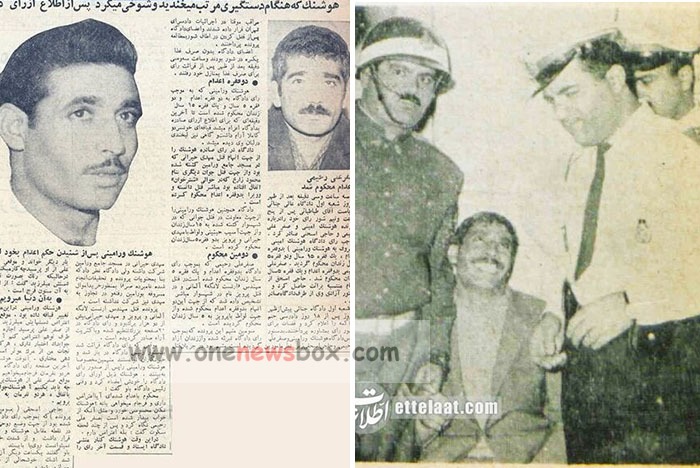As the executions were carried out, the square fell silent. The public, who had come to witness the deaths of two men who had instilled fear into their city, watched as justice was served. For many, this was a moment of closure, while for others, it represented the darker side of human nature and society’s hunger for punishment.
Media Coverage: Ettela’at Newspaper and the Public Discourse
Ettela’at newspaper, one of the most widely read publications in Iran at the time, provided a comprehensive report of the event. Their coverage included detailed descriptions of the criminals’ backgrounds, the crimes they had committed, the judicial process leading up to their execution, and the spectacle of the execution itself. The report also highlighted the immense public interest in the case and the debates surrounding the appropriateness of public executions in the modern era.
The Ettela’at report was not merely an account of the execution; it was an exploration of the societal implications of the event. Journalists and commentators used the execution as a springboard to discuss larger issues related to crime, punishment, and the role of the state in administering justice. The decision to conduct the execution in such a public manner was scrutinized by intellectuals, religious leaders, and ordinary citizens alike.While some supported the execution, viewing it as a fitting punishment for the crimes committed by Varamini and Rahimi, others questioned the morality of public executions. Critics argued that such spectacles served to dehumanize the condemned and perpetuate a culture of violence. These discussions were not unique to Iran, as similar debates were taking place across the world during this period, reflecting a broader shift in attitudes towards capital punishment.

